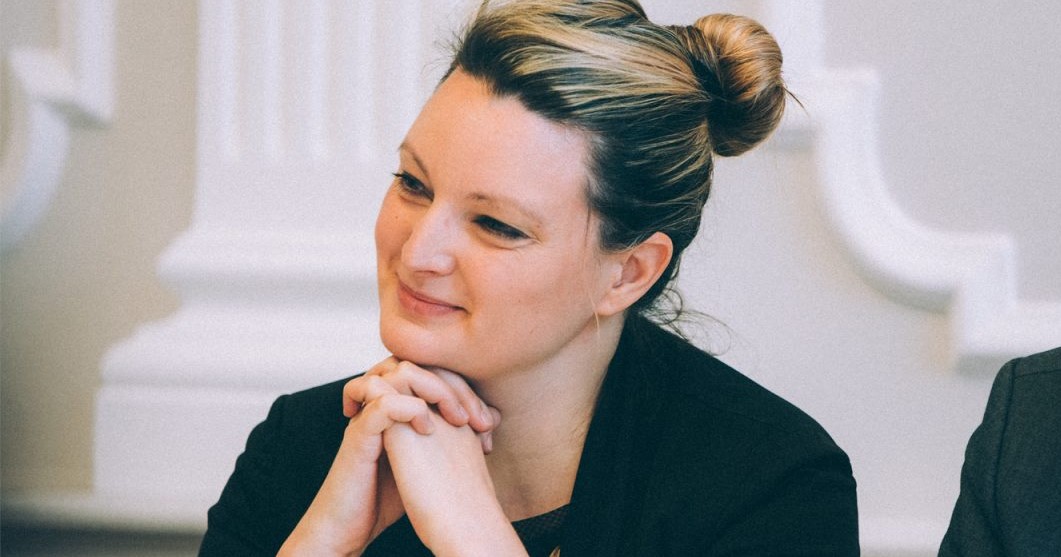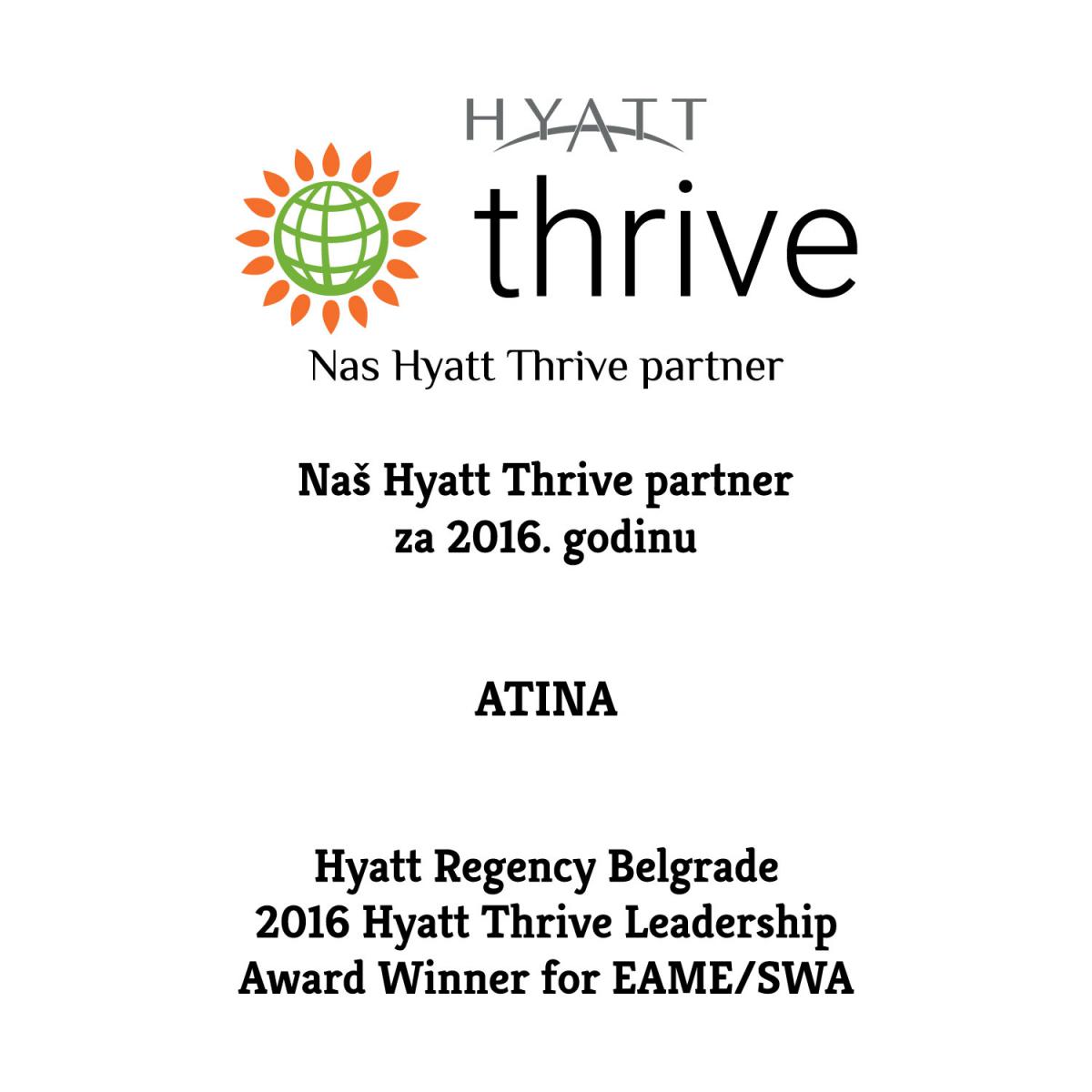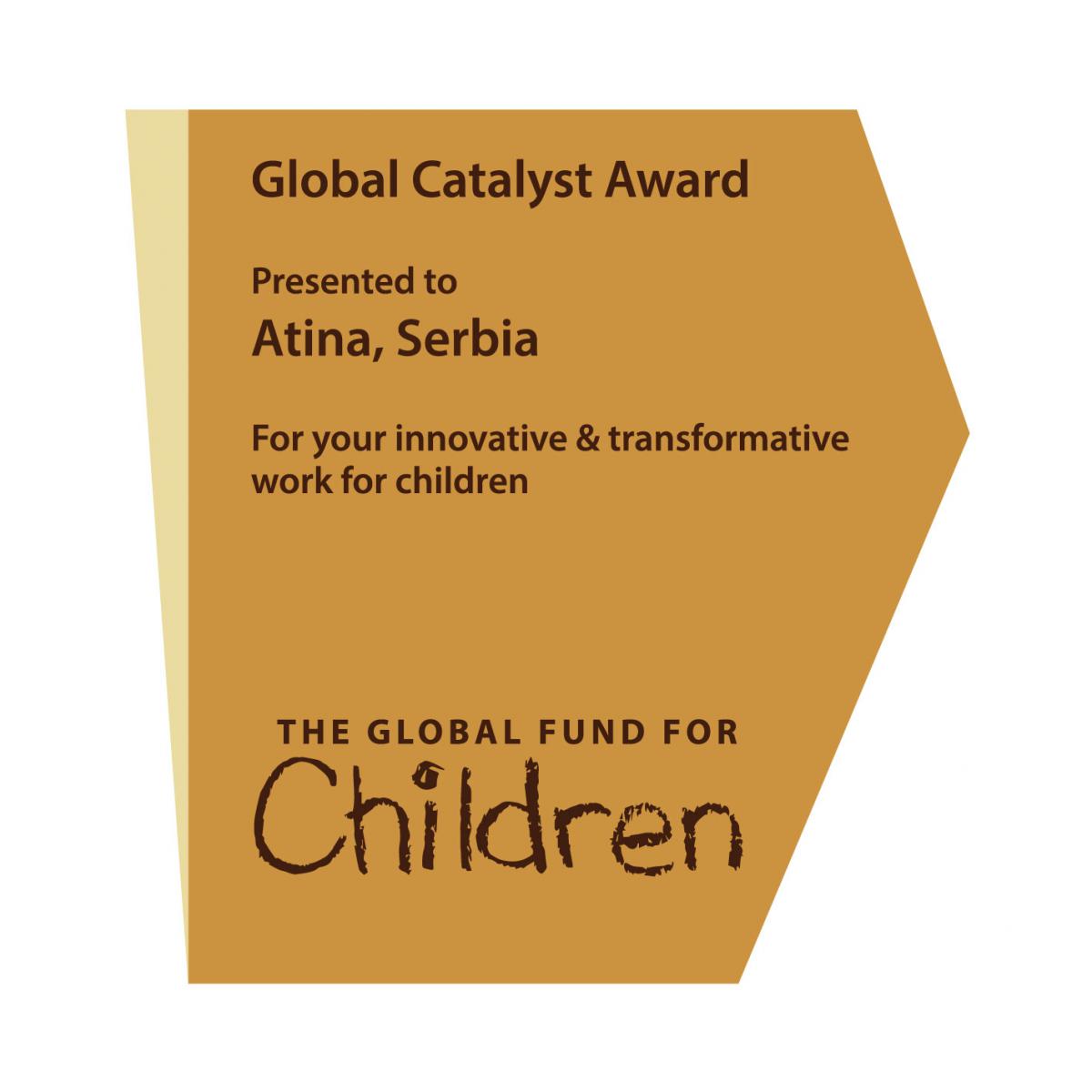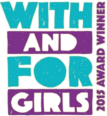Hotline: +381 61 63 84 071
Nova.rs: Children are the most common victims of human trafficking

Photograph: Piroshki Photography
The arrest of a Center for Social Work employee from Vranje, who tried to assist an Albanian citizen in adopting a girl from Serbia with falsified documents, once again drew public attention to an increasing number of cases of human trafficking in Serbia. According to Jelena Hrnjak from Citizens Association Atina for combating human trafficking, 60 percent of human trafficking victims in Serbia are children.
In the interview for Nova.rs portal, Hrnjak said that children in Serbia are mostly trafficked for the purpose of forced marriage and sexual exploitation, but also for illegal adoption, which is described in a separate article of the Criminal Code.
“Cases of illegal adoption for the purposes of child trafficking have so far been sporadically recognized by the institutions and are still at the level of exceptions. According to Atina’s experience, there were cases that reached a court epilogue where civil servants from different systems were involved in exploitation. These cases involved other forms of exploitation, most often sexual. In order to fight human trafficking, it is not enough to have institutions, as these institutions must consistently implement all applicable measures. The measures prescribed by our law must be applied, while institutions must resist more strongly, and give their undivided response to this burning issue. All actors involved should be held accountable both for their actions and inactions, failure to act on reports. In a society where there is no responsibility for damage done, there can be no fight against human trafficking,” Jelena Hrnjak told to Nova.rs. She emphasized that children are the easiest target because, as she said, they have fragile defense mechanisms.
“As they are skilled in manipulation, traffickers use a combination of deception, lies, insincere emotions, threats, and even violence, to easily establish control over children, and that is one of the reasons why they are targeted by these criminals to a greater extent. Children have fragile defense mechanisms and reduced capacities to exit the role of victim without social support. Persons who are victims of human trafficking are often unaware of the concept of human rights, they do not even realize that their rights are violated, i.e. they are not aware they have the right on protection. All this works in favor of traffickers and makes it easier for them to control the victims,” adds Hrnjak.
She also says that children who have been victims of human trafficking often develop a vast number of psychosomatic symptoms.
"Their body is suffering, and these symptoms become real health issues, so their recovery is slow and painstaking upon exiting the situation they were in,” says Hrnjak and adds:
“The official number of human trafficking victims in Serbia is not relevant, as it does not show the true magnitude of the issue nor the real situation. Victims are mainly children from dysfunctional families. These children live in absolute poverty and know only of hopelessness from the day they were born. They lack support in education and development of social contacts. Girls and women who end up in the trafficking chain are usually forced into prostitution, hard physical labor, coerced to commit criminal acts, while some of them were forcibly married at an early age. In situations when they do manage to get out of these difficult life circumstances, it is very important to support them in recovering from the trauma and reaching independence. They are assisted during this process by Citizens Association Atina, which was founded in 2003 by several women activists who realized that institutional solutions alone are not enough.
For NGO Atina, text translated by Marija Pantelić. The original text can be found via the following link: https://nova.rs/hronika/crna-statistika-u-srbiji-decu-prodaju-zbog-udaje-i-prostitucije/












 FACEBOOK
FACEBOOK TWITTER
TWITTER YOUTUBE
YOUTUBE